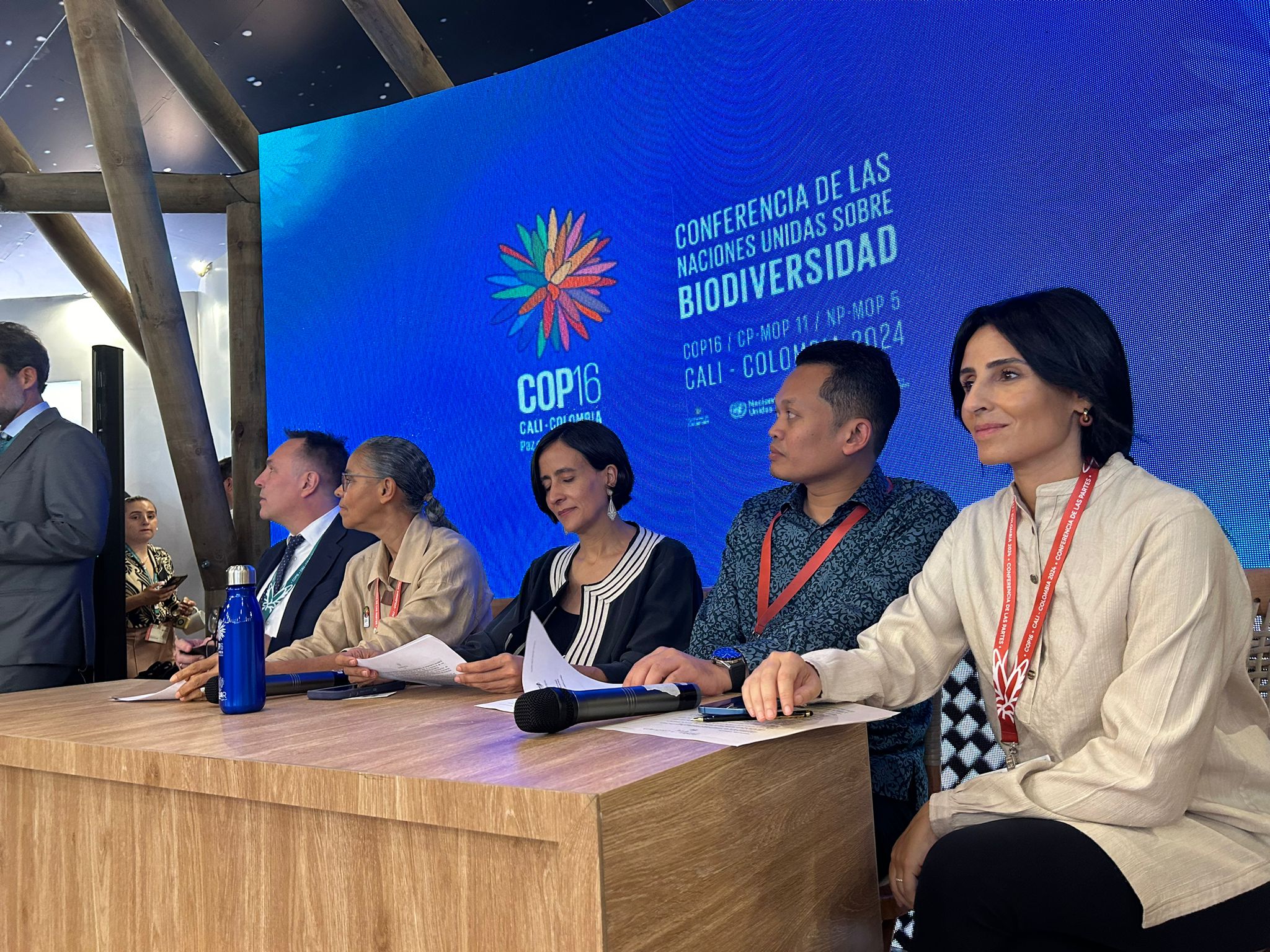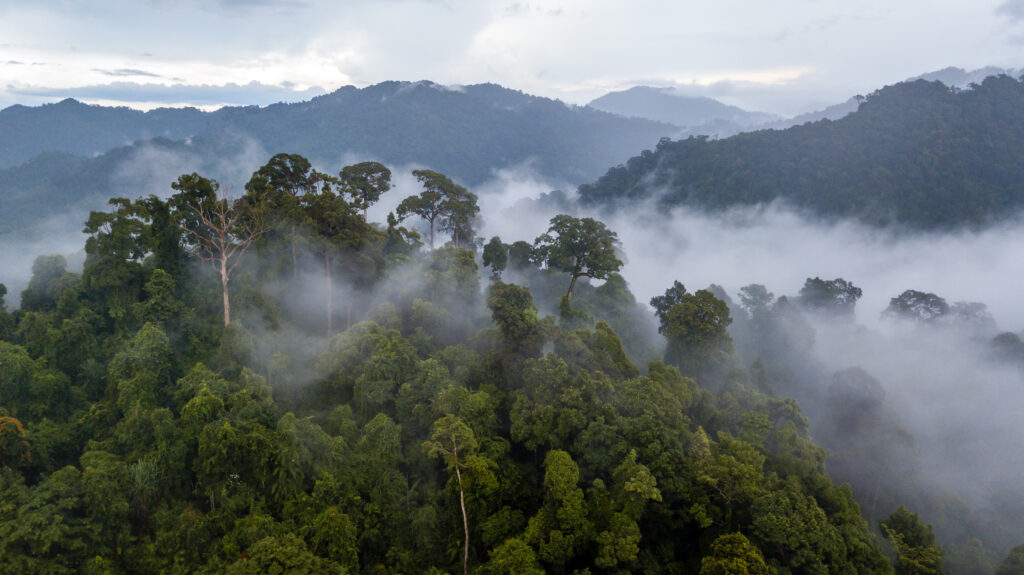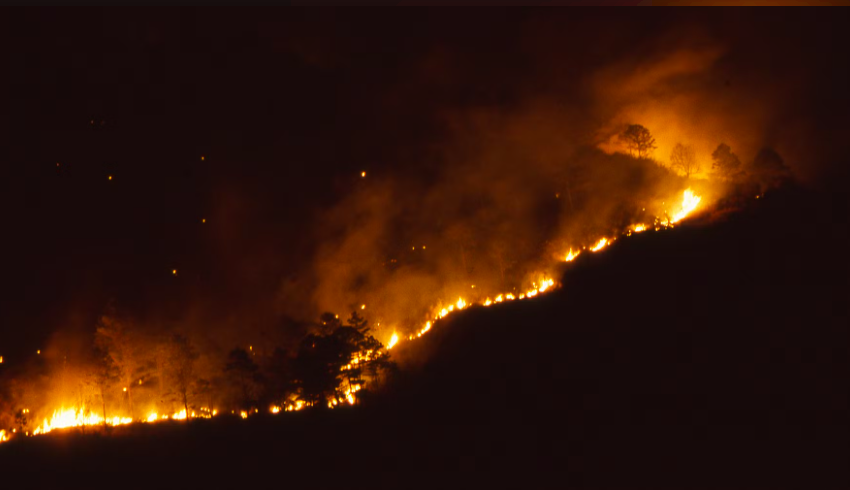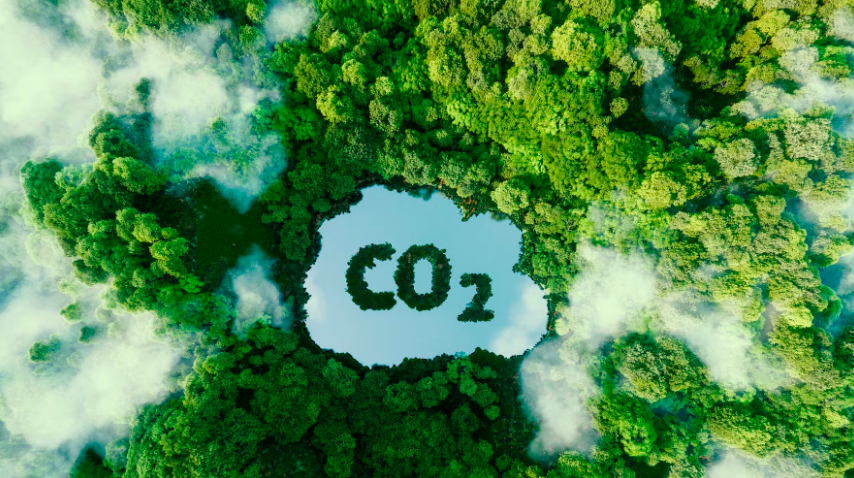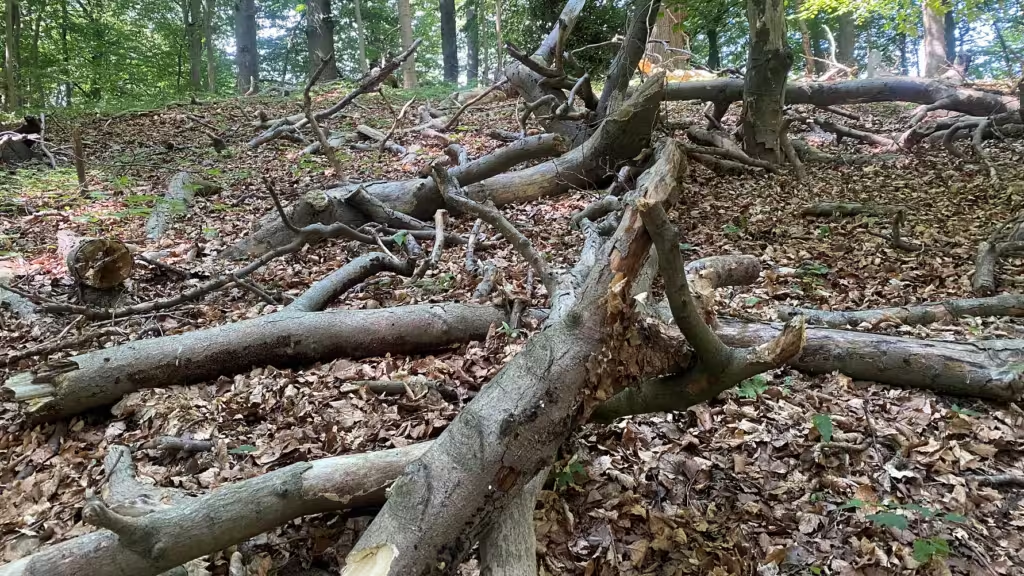Despite ambitious goals, concrete action is lagging. Forests of the World is present and fighting to ensure that Indigenous Peoples’ voices are heard in this critical battle.
The world’s biodiversity is in rapid decline. According to WWF’s Living Planet Report 2024 released earlier this month, the world’s wildlife has declined by an average of 73 per cent since 1970. At the same time, numerous reports and studies warn that if this trend continues, nature will reach a series of critical tipping points that could cause irreversible changes with catastrophic consequences for people, biodiversity and the climate.
If we are to avoid a collapse of nature, it requires action. It is in this light that the countries of the world are currently meeting for the UN Biodiversity Summit, COP16, in Colombia (not to be confused with the more well-known Climate COP). Here, leaders from around the world will discuss how to achieve the important goals agreed two years prior to COP15 in what is often described as ‘nature’s Paris Agreement’. This agreement (the Kunming-Montreal Agreement), adopted at COP15, endeavours to halt and reverse the nature crisis by 2030. Among other things, 196 countries agreed to protect 30 per cent of the world’s land and marine areas and restore 30 per cent of all degraded ecosystems by 2030. In addition, countries must halt human-induced species extinctions, minimise the impact of climate change on biodiversity and mobilise 700 billion dollars a year for biodiversity. These are just a few key examples out of 22 targets and 23 more specific targets.
From words to action
While COP15 was a decision summit, COP16 is an action or implementation summit. What is special about COP16, which runs until 1 November, is that countries must now hold each other to what was promised at the last COP in 2022. One step leading up to COP16 was that all countries had to submit Biodiversity Action Plans (NBSAPs) before the start of the summit. Much to their disappointment, over 85 per cent of all countries failed to submit their action plans before the summit, including Denmark.
Although Denmark’s action plan arrived a few days after the deadline, several environmental organisations, including Forests of the World, call it highly inadequate. Among other things, the requirement of 30 per cent protected nature is not being met. ‘Right now, the most concrete thing Denmark has delivered is a green tripartite agreement, which is still being negotiated and where the target is 20 per cent protected nature. There is still some way to go to reach 30 per cent,’ says Pil Christensen, advisor at Forests of the World, to Politiken.
Among the other missing submissions are three of the nations that control most of the Amazon rainforest: Brazil, Peru and host country Colombia. In addition, action plans are missing from six African countries that control the world’s second largest rainforest in the Congo Basin.
‘Despite a common failure to translate words into action, there is a very good atmosphere among negotiators and between the different actors, including indigenous peoples, civil society organisations, companies and donors,’ notes Jakob Kronik, Head of International Affairs at Forests of the World, who is present at the negotiations in Colombia.

With Resources Comes Responsibility
In Colombia, the lack of action is not the only challenge that countries worldwide must address. An urgent issue is how we finance biodiversity efforts. As agreed at COP15, countries must phase out harmful subsidies amounting to at least 500 billion dollars annually by 2030, and mobilize 200 billion dollars each year for biodiversity. This is also known as the financing gap. Of the 200 billion, rich countries have already pledged to contribute 20 billion dollars annually starting next year to support the efforts of developing countries, with this amount set to rise to 30 billion dollars annually by 2030. Mobilizing these resources is not without challenges. In particular, the mobilization of finances from the Global North to the Global South is a significant point of contention, which could hinder progress and the fulfillment of COP15 goals. “Naturally, there are tough negotiations around issues like financing, where particularly southern countries are calling for the creation of a new fund because the current global environmental facility lacks equitable governance. In other words, it is the rich countries that have the most influence,” says Jakob Kronik.
Insufficient resources have also been cited as a reason for the lack of submission of action plans. Many of the countries that host the majority of the world’s biodiversity are often less resource-rich than Western nations like Denmark. “Although biodiversity and much of the original nature are found in these countries, we share a collective responsibility to preserve it. Among other things, this is why there is a need for a new fund to help governments with the enormous task they face in meeting the goals of COP15,” Jakob Kronik states from Colombia. In addition to having the resources in the Global North to protect biodiversity, we also have an increasing global footprint, which has a significant negative impact on biodiversity worldwide. Therefore, Jakob Kronik explains, it is crucial that the Global North finances biodiversity protection in the Global South. At the same time, we must not forget nature here at home. Every country has a responsibility to halt or reverse biodiversity loss. Denmark, which has already destroyed most of its native nature, is no exception.
Forests of the World Fights Together with Indigenous Peoples in Colombia
For Forests of the World, COP16 in Colombia presents a wide range of relevant agendas, which the organization seeks to navigate and influence through various networks. A central focus is strengthening the role of Indigenous Peoples in biodiversity conservation, as their territories are crucial to achieving the goal of protecting 30 percent of the planet’s natural areas by 2030. Jakob Kronik emphasizes that it is especially important to have robust indicators to measure the success of biodiversity efforts: “These indicators must reflect the contributions and rights of Indigenous Peoples and ensure that their traditional knowledge and management practices are recognized and integrated into global biodiversity strategies.” Forests of the World is present and working side by side with Indigenous Peoples’ organizations, which are strongly represented at the summit.

Jakob Kronik, Head of the International Department at Forests of the World, is present at the negotiations in Colombia.
During COP16, Forests of the World is collaborating with Danish and international actors, including the Danish delegation, members of the Danish Parliament’s Environment and Food Committee, and Danish environmental and development organizations. Forests of the World also participates as an observer in the negotiations and in a network of international NGOs.
Although there are challenges at the summit in Colombia, there are also bright spots in the work countries are doing to reach a collective agreement. However, it is too early to say which outcomes will be seen as particularly progressive. It is worth noting that Brazil and Colombia have a strong collaboration to connect the results from COP16 with the upcoming climate summit, COP30, to be held in Brazil next year. “This is really important, as synergies between biodiversity and climate have been seen as a key solution to the climate and biodiversity crises,” concludes Jakob Kronik.
Press contact
Jonas Schmidt Hansen
Who is Forests of the World?
We work to preserve the world’s forests, both in Denmark and the world’s tropical forests.Our focus areas include sustainability, Indigenous Peoples and local engagement.
